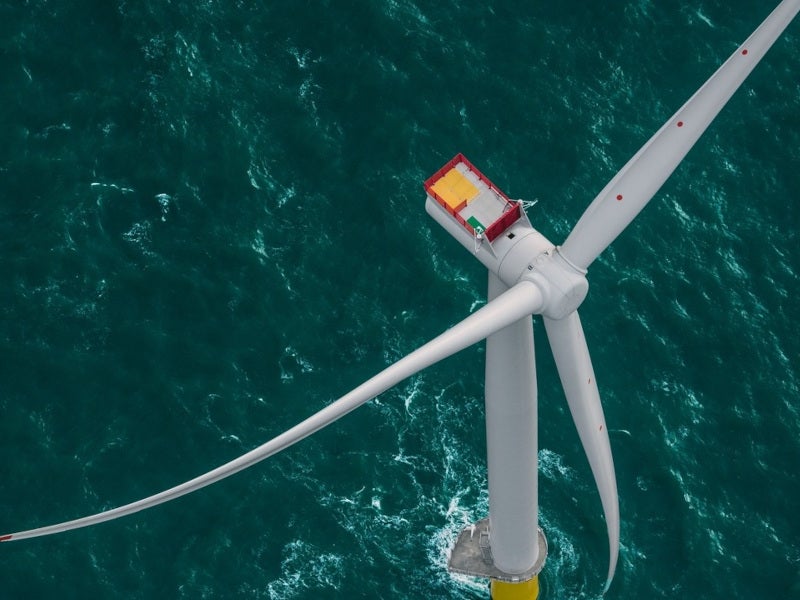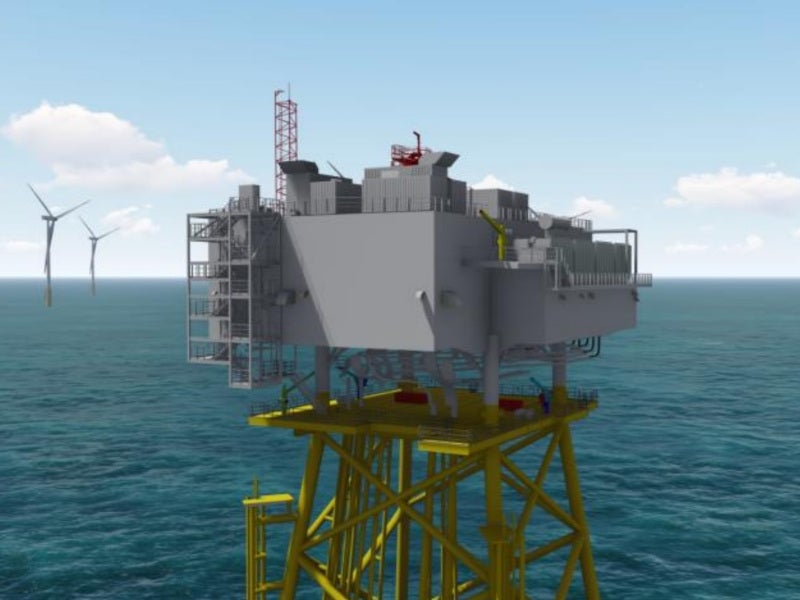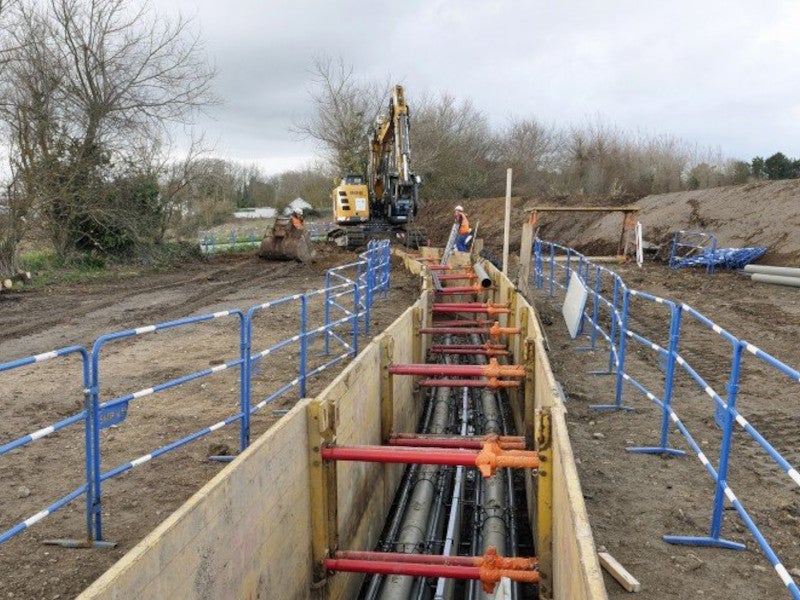The Calvados offshore wind farm, also known as Courseulles-sur-Mer, is a 448MW offshore wind project being constructed in the English Channel, off the coast of Northern France. It is being developed by a consortium comprising EDF Group’s subsidiary EDF Renewables, Enbridge’s subsidiary EIH and wpd, a European renewable energy company.
EDF Renewables and EIH each own a 42.5% stake in the project, through the joint venture Eolien Maritime France, while the remaining 15% stake is owned by wpd.
The Calvados wind project is estimated to cost approximately €2bn ($2.4bn), of which the majority will be financed through a non-recourse project finance debt. Scheduled for commissioning in 2024, the wind farm is expected to generate clean energy for 630,000 people or more than 90% of the Calvados population.
The renewable energy generated from the project will be sold under a 20-year power purchase agreement (PPA), which was granted by the government of France in June 2018. The project is expected to create more than 1,000 direct jobs in Normandy.
Calvados wind farm location and make-up
The Calvados offshore wind farm is located approximately 10km away from the coast of Bessin in Normandy, France, and will cover a total surface area of about 50km².
The wind farm will include 64 Siemens Gamesa SWT-7.0-154 offshore wind turbines, which use gearless direct-drive technology for high efficiency. Each turbine has a blade length of 75m, rotor diameter of 154m and swept area of 18,600m², as well as the capacity to generate 7MW of green electricity.
The power generated from each turbine will be transferred to an offshore substation through 33kV collector cables buried in the seabed. The substation will step up the voltage to 225kV and transmit the power by means of 225kV high-voltage alternating current (HVAC) submarine cables.
Grid connection
The power generated at the Calvados wind farm will be supplied to the French electricity grid in Normandy through the offshore substation.
The electrical infrastructure includes a 15km-long 225kV submarine link to the landing point, near the Bernières-sur-Mer town, and a 24km-long underground link from the landing point to the Ranville substation.
Calvados wind farm construction
Construction officially started in February 2021, following an agreement signed between the developers and financial partners, and is expected to last for up to three and a half years.
Construction work on the underground link between the Bernières-sur-mer landing point and Ranville substation commenced in 2021.
The preliminary installation work for the offshore substation commenced in May 2022. The Sea Installer offshore installation vessel was used to install four underwater piles that will be used for the construction of the offshore substation’s foundation.
Turbine installation activity is scheduled to begin in 2022, and the monopile foundations for the turbines are expected to be installed by 2023.
Financing
In March 2021, the European Investment Bank (EIB) signed an agreement with the project consortium and granted a €350m ($414m) credit line to finance the project. The financing will be guaranteed by the European Fund for Strategic Investments.
Contractors involved
In February 2021, Siemens Gamesa Renewable Energy was awarded a contract to supply the turbines for the Calvados offshore wind farm. Siemens Gamesa also agreed to provide 15 years of service and maintenance for the wind turbines.
In February 2021, Atlantique Offshore Energy, a business unit of Chantiers de l’Atlantique, and its partners, GE Grid Solutions and DEME Group subsidiary SDI, were selected by the developers to design, manufacture and install the electrical substation for the wind farm.
Atlantique Offshore Energy will design, manufacture and commission the topside and jacket-type foundation, while GE Grid Solutions will design, manufacture and commission the high-voltage electrical equipment, as well as the protection and control systems. SDI will transport and install the structures at the offshore location.
Engineering and construction services company Rosetti Marino was contracted by Chantiers de l’Atlantique for the fabrication, construction, testing and loadout of the jacket foundation legs.
Prysmian Group, an energy and telecom cable systems provider, was selected to supply 345km of 33kV three-core submarine cable systems with XLPE insulation.
Réseau de Transport d’Électricité (RTE), a French transmission system operator (TSO), is responsible for connecting the wind farm from the offshore substation to the French electricity grid.
Technology and engineering company Saipem will provide the monopile foundations for the wind farm.
Ramboll, an engineering and consultancy company, was subcontracted by Saipem to deliver the primary steel design of the monopile foundations.
Saipem subcontracted Bladt Industries, a steel contractor, to provide fabrication and loadout services for 64 transition pieces as well as EEW Special Pipe Constructions, a pipe and pipe components manufacturer, to manufacture the monopile foundations for the project.
SPIE, a provider of technical services for the energy and communications sectors, was awarded a contract for the engineering, procurement and integration of electrical and instrumentation equipment within the transition pieces of the monopiles.
Saipem also contracted Dieseko, a manufacturer of foundation equipment, to supply a vibratory hammer for the installation of the monopiles.
Geophysical and GIS services provider G-tec performed the geophysical survey and unexploded ordnance detection for the project.
In February 2017, LOC Group was selected to provide marine warranty surveying (MWS) services.
Calvados offshore wind farm background
In 2012, the consortium won the competitive bidding for three offshore wind farm projects at Courseulles-sur-Mer, Fécamp and Saint-Nazaire. It was the first call for tenders in the sector from the French Government.
The offshore wind farms underwent environmental studies and consultation in the area for more than ten years and involved local authorities, the region’s population, sea users (mainly fishing professionals), environmental organisations and local economic and social development agencies.
In July 2019, Conseil d’Etat, the supreme administrative court of France, ruled in favour of the Calvados and Fécamp offshore wind farms, allowing them to occupy publicly owned maritime zones.






